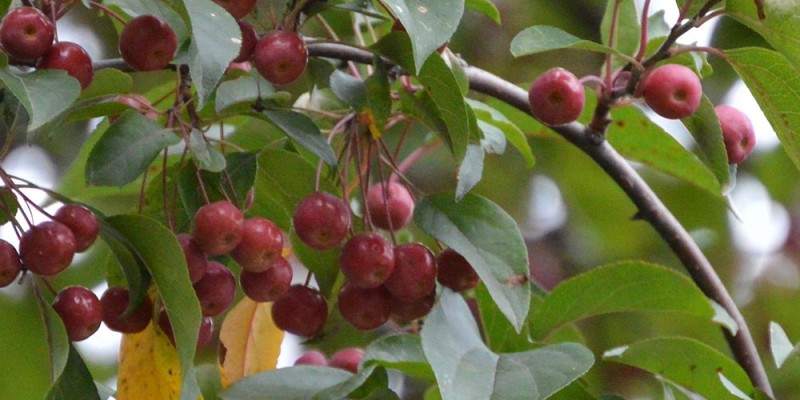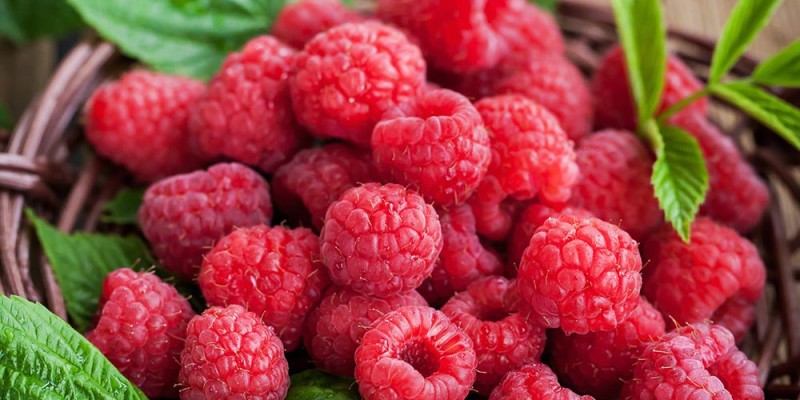1/2 a clove per gallon (These are quite strong, 1-2 in a 5 gallon batch is good – Though the flavour will mellow a lot during the ageing process.)
1 cinnamon stick per gallon
1 Teaspoon (5 Grams) per gallon Yeast Nutrient
15.4 lbs (7.0 kg) of un-pasteurized and unpreserved honey
This recipe will yield a medium bodied mead. adjust the volume of honey to your liking. Less will produce a dryer mead and more will produce a sweeter mead.
1. Warm up your honey in a hot water bath for easier pouring.
2. Fill the carboy to the half way mark with clean room temperature water.
3. Add yeast nutrient, stir into water.
4. Add the warm honey to the carboy.
5. Add cinnamon and cloves to the carboy. Allow to soak through primary fermentation and remove for secondary.
6. Top of the carboy with water. Use the honey containers to fill the carboy to help get the last of the Honey
7. Stir the mixture to get the honey dissolved into water.
8. When settled, pitch yeast and place airlock.
9. Allow to brew for 1 month, leaving it in primary until up to 3 months is alright.
10. Rack to second carboy for secondary fermentation. Remove the cinnamon and cloves. making sure to leave any sediment behind.
11. Leave for 5-6 months, covering with a towel or t-shirt if the carboy is exposed to direct light for extended periods of time.
12. Siphon to primary fermenter with bottling tap.
13. Clean and sterilize bottles.
14. Fill directly into the bottle.
15. Cork and store the bottles on its side for 9-12 months.
16. Enjoy!
Writing on the cork will help you remember what you bottled after its aged. I recommend writing the date bottled or keeping a number system with a log book for each batch bottle dates.
Trial batches will help you figure out what kind of mead you enjoy. One gallon batches are perfect for this as you can size up or down as need be.


